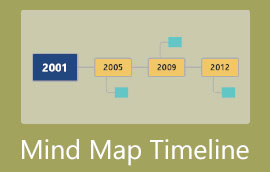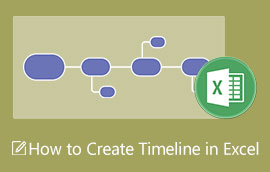A Complete Interpretation of Earth Timeline
The story of Earth is a fascinating journey through time, spanning billions of years and filled with dramatic transformations. From the fiery beginnings of our planet to the lush, diverse world we know today, Earth's timeline is a testament to the power of natural forces and the resilience of life. Imagine witnessing the formation of continents, the rise and fall of massive creatures, and the dramatic shifts in climate that have shaped our world.
Understanding Earth's timeline provides insight into our planet's past and offers valuable lessons for our future. How did life begin, and what events led to the incredible diversity we see today? What can the past tell us about our current challenges, such as global warming and biodiversity loss? As we explore these questions, we'll uncover the key milestones that have defined Earth's history and gain a deeper appreciation for the intricate web of life that continues to evolve. Join us on this captivating journey through time and discover the wonders of our planet's history.

- Part 1. What Created Earth
- Part 2. A Timeline of Earth
- Part 3. How to Draw an Earth Timeline
- Part 4. Why the Earth is the Most Suitable Planet for Creatures
- Part 5. FAQs of Earth History Timeline
Part 1. What Created Earth
Earth formed about 4.5 billion years ago from the solar nebula. The origin of the Earth is a giant rotating cloud of gas and dust left over from the Sun's formation. As gravity pulled the particles together, they collided and merged, gradually building into larger bodies known as planetesimals. These planetesimals further combined to form the early Earth. During this time, the young planet underwent intense volcanic activity and frequent collisions with other celestial bodies, including a massive impact that is believed to have led to the formation of the Moon.
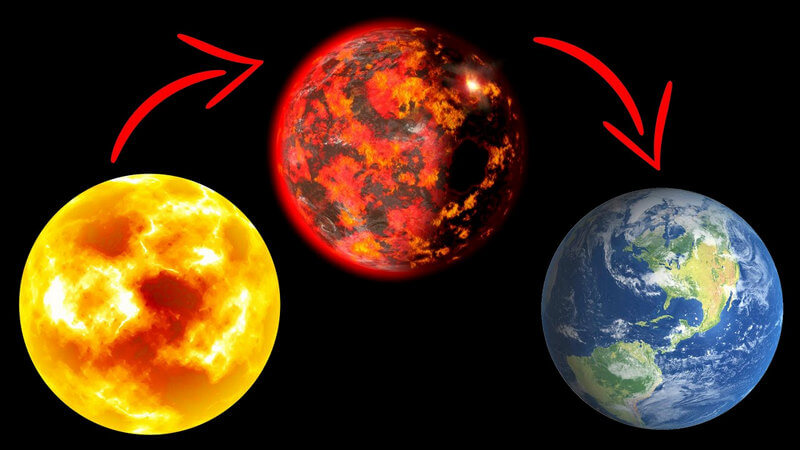
A solid crust formed as the Earth cooled, and volcanic gases created an early atmosphere. Water vapor condenses to form oceans, setting the stage for the development of life. Over millions of years, Earth's environment evolved, leading to the diverse and dynamic planet we know today. This process highlights the intricate interplay of cosmic forces and natural phenomena that contributed to creating our home in the universe.
Part 2. A Timeline of Earth
• 4.5 Billion Years Ago: Earth forms from the solar nebula.
• 4.4 Billion Years Ago: Formation of the Moon after a massive impact.
• 4 Billion Years Ago: Earth's crust solidifies; early atmosphere forms.
• 3.8 Billion Years Ago: First signs of life appear.
• 2.5 Billion Years Ago: Oxygen begins accumulating in the atmosphere.
• 1.5 Billion Years Ago: First eukaryotic cells develop.
• 600 Million Years Ago: Multicellular life emerges.
• 540 Million Years Ago: Cambrian Explosion; rapid diversification of life.
• 250 Million Years Ago: Permian-Triassic extinction event.
• 65 Million Years Ago: Dinosaurs go extinct; the rise of mammals.
• 2.5 Million Years Ago: Ice ages begin; early humans evolve.
• 10,000 Years Ago: End of the last Ice Age; dawn of agriculture.
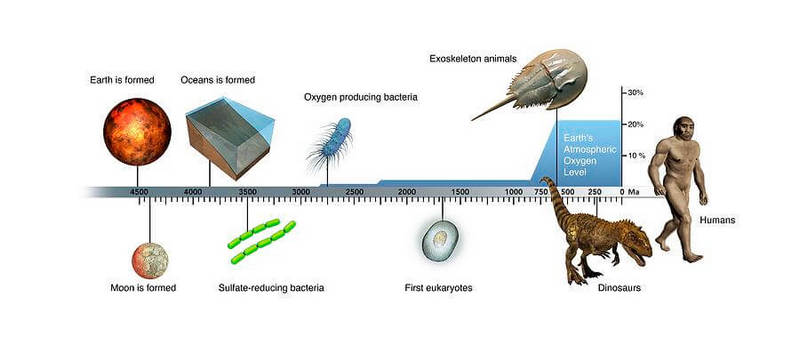
Part 3. How to Draw an Earth Timeline
After learning the timeline of the earth and its formation, let's look at the methods used to draw it. Here, MindOnMap is a proper tool to help us.
Visualizing the history of our planet has never been easier than with the help of mind mapping tools like MindOnMap. By creating an Earth timeline using this powerful diagramming technique, you can bring the vast expanse of geological time into a clear, organized format.
The beauty of using a mind map for an Earth timeline lies in its ability to capture the interconnected nature of Earth's development. From the formation of the planet billions of years ago to the emergence of modern human evolution, a mind map allows you to trace the intricate web of events, processes and milestones that have shaped our world. By structuring this information visually, you can gain a deeper, more holistic understanding of our planet's remarkable history and civilization.
Secure Download
Secure Download
Open MindOnMap in the app or on the web. Click "New" and then select "Mind Map".

On the top, you can choose multiple tools there. First, click "Topic" to create a central topic. You can fill out the " Earth Timeline " there. Next, select a central topic to add subtopics and click "Subtopic". You may fill the time in it. After that, you should add the events under the time by repeating the former method. What's more, the functions on the right allow you to refine your works further by adding styles, icons, and so on.
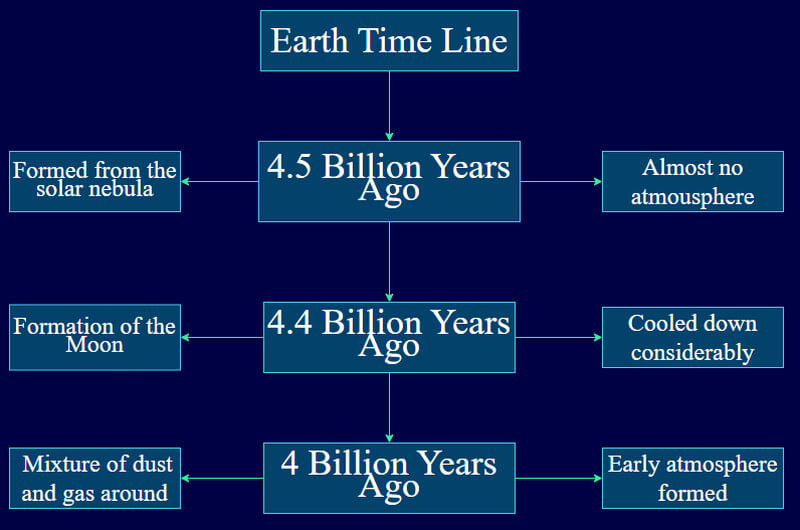
When you finish the timeline, click "Save" to export. Moreover, you can share it with someone else by choosing the buttons at the top right corner.
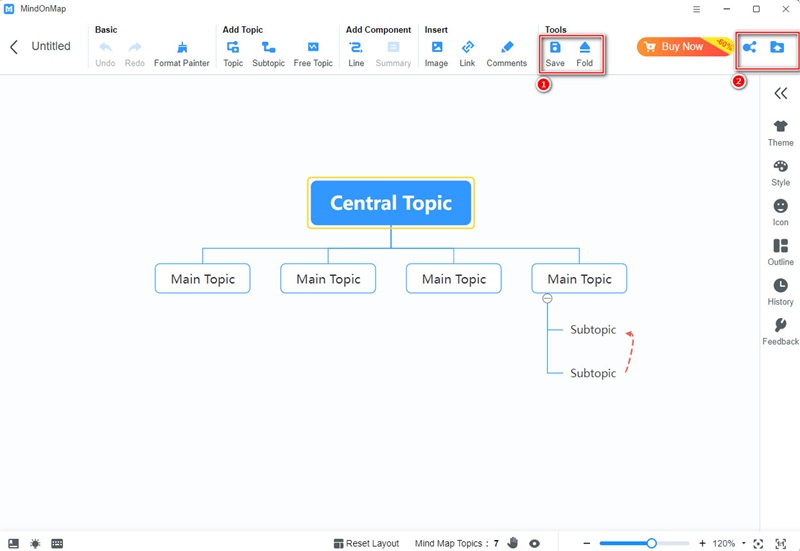
Part 4. Why the Earth is the Most Suitable Planet for Creatures
Earth is uniquely suited for life due to a combination of factors absent or insufficient on other planets in our solar system. One of the most critical factors is the presence of liquid water. Earth exists in the Sun's " habitable zone, " where temperatures allow water to remain fluid, essential for all known life forms. In contrast, planets like Mars and Venus are either too cold or too hot, resulting in water being trapped as ice or vapor.
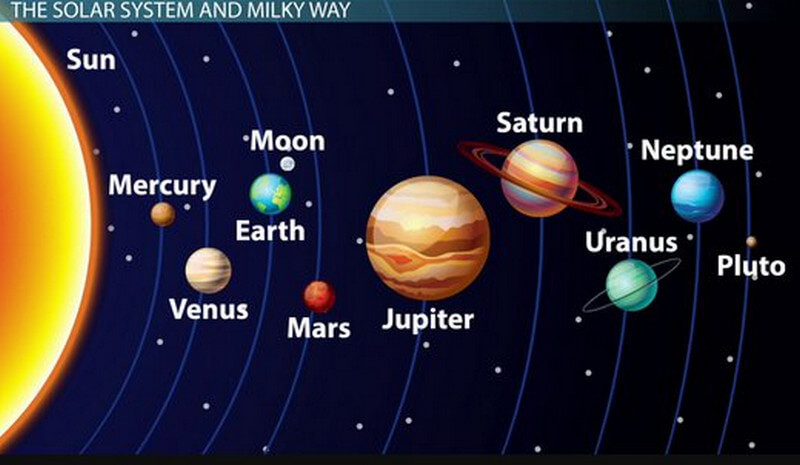
Meanwhile, Earth's magnetic field protects the planet from solar winds, which might strip away the atmosphere, as has likely happened to Mars. A stable climate, diverse ecosystems, and a balanced chemical composition further contribute to Earth's ability to support life. In contrast, gas giants like Jupiter and Saturn have hostile environments with crushing pressures and toxic gases, making them inhospitable for life as we know it.
Part 5. FAQs of Earth History Timeline
What are the six periods of Earth's history?
These are the six periods of Earth's history: Cambrian, Ordovician, Silurian, Devonian, Carboniferous, and Permian.
What are the seven major events in Earth's history?
They are Erath's formation, life's emergence, the atmosphere's formation, the Cambrian explosion, eukaryotes' emergence, Permian-Triassic's extinction, and the mass extinction of Cretaceous-Paleogene.
How long have humans been alive?
Since the emergence of modern Homo sapiens in Africa, human has been existed for about 200,000 years. During these years, humanity has reshaped this planet totally.
What else can MindOnMap do other than make all kinds of charts?
Good question! MindOnMap not only concentrates on mind map making but also provides background removal, PDF JPG conversion, etc.; these functions are 100% free.
Conclusion
Is the history of Earth's timeline in your mind? After reading this article, I believe you know something about its history and that it is an efficient way to draw one. You can access more of our articles below if you have more questions.








